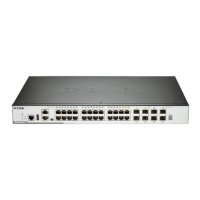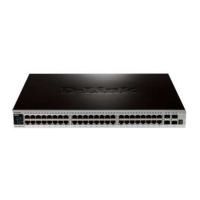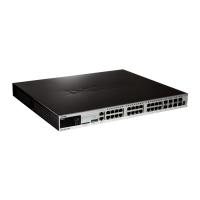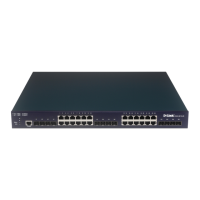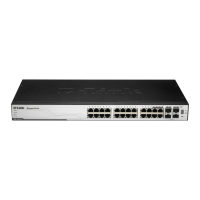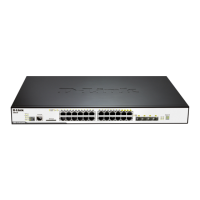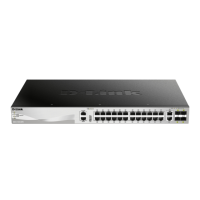DGS-3630 Series Layer 3 Stackable Managed Switch Web UI Reference Guide
170
Figure 5-61 ERPS Profile (Edit) Window
The fields that can be configured are described below:
Parameter Description
TCN Propagation
Select the checkbox and then select the TCN propagation state. Options to
choose from are Enable and Disabled. This function is used to enable the
propagation of the topology change notifications from the sub-ERP instance to the
major instance.
Revertive
Select the checkbox and then select the revertive state. Options to choose from
are Enable and Disabled. This function is used to revert back to the working
transport entity, for example, when the RPL is blocked.
Guard Timer
Select the checkbox and enter the guard timer value here. This value must be
between 10 and 2000 milliseconds. By default, this value is 500 milliseconds.
Hold-Off Timer
Select the checkbox and enter hold-off timer value here. This value must be
between 0 and 10 seconds. By default, this value is 0 seconds.
WTR Timer
Select the checkbox and enter the Wait To Restore (WTR) timer value here. This
value must be between 1 and 12 minutes. By default, this value is 5 minutes.
Click the Back button to discard the changes made and return to the previous window.
Click the Apply button to accept the changes made.
Loopback Detection
The Loopback Detection (LBD) function is used to detect the loop created by a specific port. This feature is used to
temporarily shut down a port on the Switch when a CTP (Configuration Testing Protocol) packet has been looped
back to the Switch. When the Switch detects CTP packets received from a port or a VLAN, this signifies a loop on the
network. The Switch will automatically block the port or the VLAN and send an alert to the administrator. The
Loopback Detection port will restart (change to normal state) when the Loopback Detection Recover Time times out.
The Loopback Detection function can be implemented on a range of ports at a time. The user may enable or disable
this function using the drop-down menu.
To view the following window, click L2 Features > Loopback Detection, as shown below:
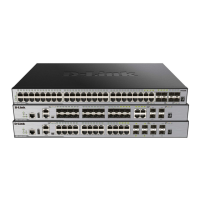
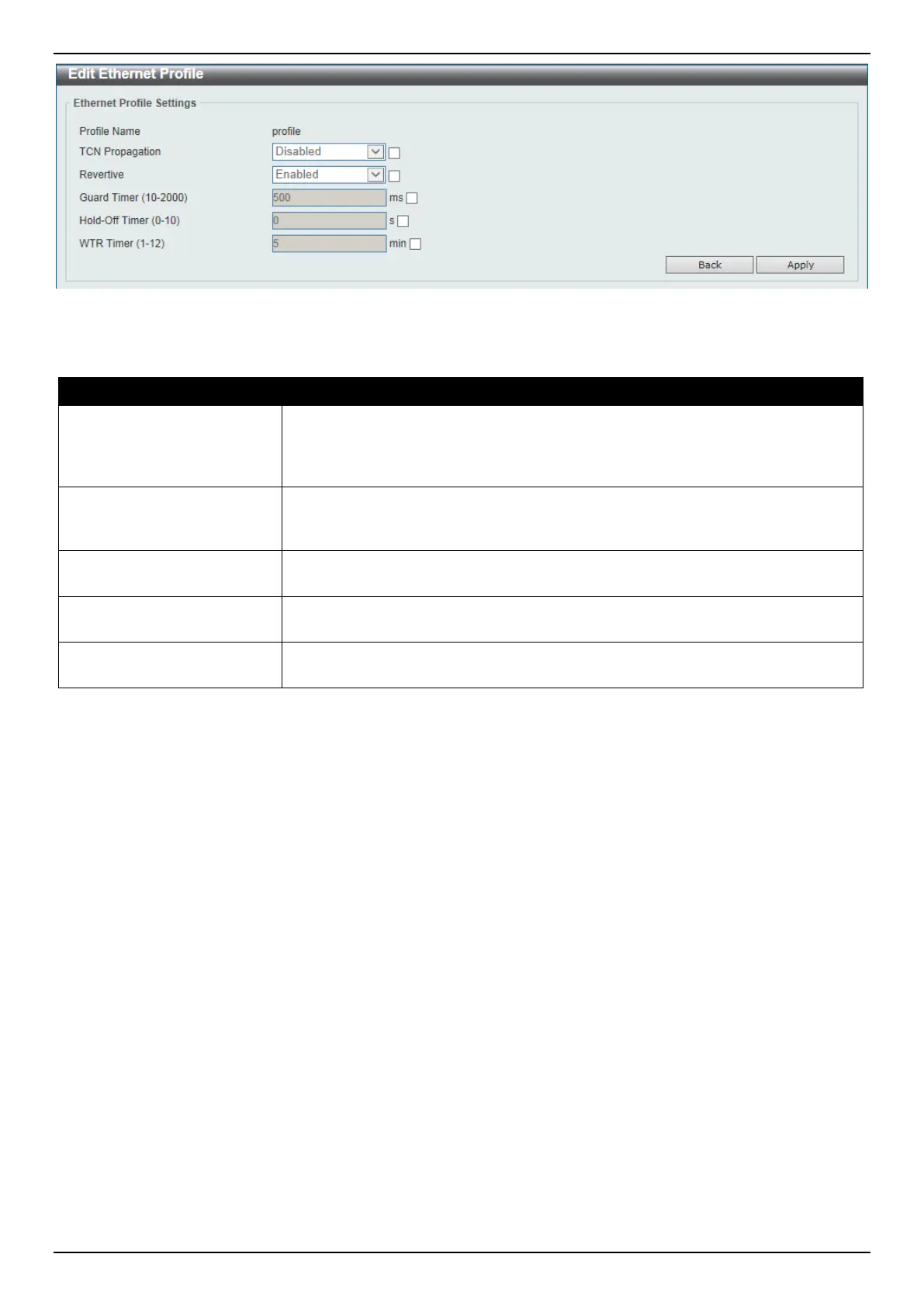